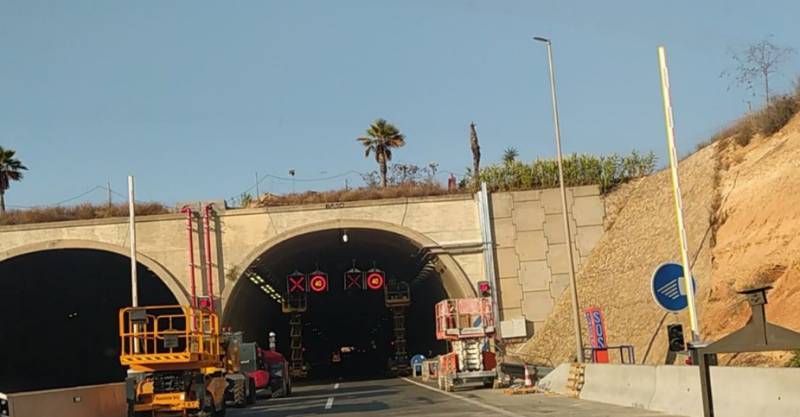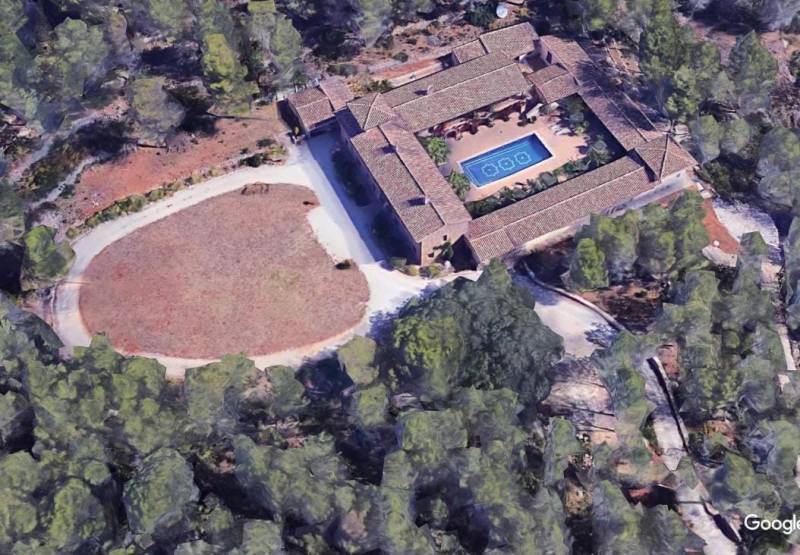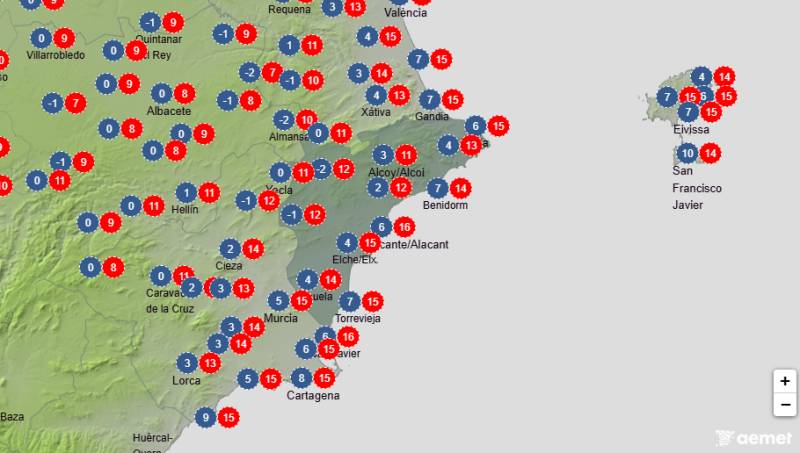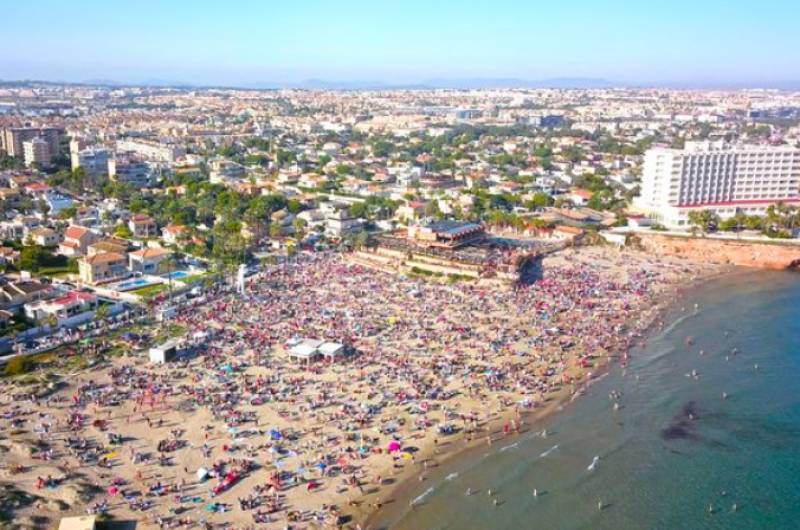- Region
- Águilas
- Alhama de Murcia
- Jumilla
- Lorca
- Los Alcázares
- Mazarrón
- San Javier
-
ALL AREAS & TOWNS
- AREAS
- SOUTH WEST
- MAR MENOR
- MURCIA CITY & CENTRAL
- NORTH & NORTH WEST
- TOWNS
- Abanilla
- Abarán
- Aguilas
- Alamillo
- Alcantarilla
- Aledo
- Alhama de Murcia
- Archena
- Balsicas
- Blanca
- Bolnuevo
- Bullas
- Cañadas del Romero
- Cabo de Palos
- Calasparra
- Camping Bolnuevo
- Campo De Ricote
- Camposol
- Canada De La Lena
- Caravaca de la Cruz
- Cartagena
- Cehegin
- Ceuti
- Cieza
- Condado de Alhama
- Corvera
- Costa Cálida
- Cuevas De Almanzora
- Cuevas de Reyllo
- El Carmoli
- El Mojon
- El Molino (Puerto Lumbreras)
- El Pareton / Cantareros
- El Raso
- El Valle Golf Resort
- Fortuna
- Fuente Alamo
- Hacienda del Alamo Golf Resort
- Hacienda Riquelme Golf Resort
- Isla Plana
- Islas Menores & Mar de Cristal
- Jumilla
- La Azohia
- La Charca
- La Manga Club
- La Manga del Mar Menor
- La Pinilla
- La Puebla
- La Torre
- La Torre Golf Resort
- La Unión
- Las Palas
- Las Ramblas
- Las Ramblas Golf
- Las Torres de Cotillas
- Leiva
- Librilla
- Lo Pagan
- Lo Santiago
- Lorca
- Lorquí
- Los Alcázares
- Los Balcones
- Los Belones
- Los Canovas
- Los Nietos
- Los Perez (Tallante)
- Los Urrutias
- Los Ventorrillos
- Mar De Cristal
- Mar Menor
- Mar Menor Golf Resort
- Mazarrón
- Mazarrón Country Club
- Molina de Segura
- Moratalla
- Mula
- Murcia City
- Murcia Property
- Pareton
- Peraleja Golf Resort
- Perin
- Pilar de la Horadada
- Pinar de Campoverde
- Pinoso
- Playa Honda
- Playa Honda / Playa Paraíso
- Pliego
- Portmán
- Pozo Estrecho
- Puerto de Mazarrón
- Puerto Lumbreras
- Puntas De Calnegre
- Region of Murcia
- Ricote
- Roda Golf Resort
- Roldan
- Roldan and Lo Ferro
- San Javier
- San Pedro del Pinatar
- Santiago de la Ribera
- Sierra Espuña
- Sucina
- Tallante
- Terrazas de la Torre Golf Resort
- Torre Pacheco
- Totana
- What's On Weekly Bulletin
- Yecla


- EDITIONS:
 Spanish News Today
Spanish News Today
 Alicante Today
Alicante Today
 Andalucia Today
Andalucia Today
The history of Torrevieja
Iberians, Phoenicians, Carthaginians and Romans shape the beginnings of Torrevieja
 In the eyes of many historians Torrevieja didn’t exist as a settlement until the late eighteenth and early nineteenth century, and the buildings of the modern town certainly don’t offer much in the way of evidence of previous occupation, but in fact industrial and commercial activity in the salt flats and the port goes back to the time of the Romans if not before, and any account of the history of the municipality has to begin well before modern times.
In the eyes of many historians Torrevieja didn’t exist as a settlement until the late eighteenth and early nineteenth century, and the buildings of the modern town certainly don’t offer much in the way of evidence of previous occupation, but in fact industrial and commercial activity in the salt flats and the port goes back to the time of the Romans if not before, and any account of the history of the municipality has to begin well before modern times.
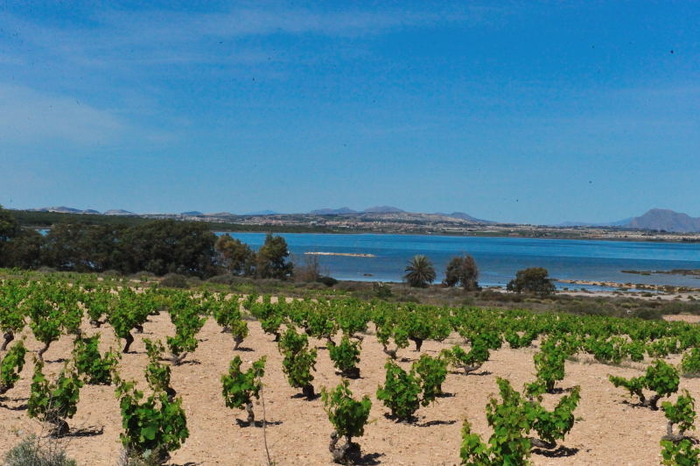 The natural resources of the area - agricultural as well as fishing and salt – attracted settlers belonging to the Iberian culture to this area around 500 BC, and the discovery of ceramics and a bronze arrowhead near the Laguna de La Mata salt lake bear witness to their presence in Torrevieja.
The natural resources of the area - agricultural as well as fishing and salt – attracted settlers belonging to the Iberian culture to this area around 500 BC, and the discovery of ceramics and a bronze arrowhead near the Laguna de La Mata salt lake bear witness to their presence in Torrevieja.
At the same time the Phoenicians, a great nation of traders who travelled along the Mediterranean coastline trading a vast range of raw materials and finished trade goods were attracted by commercial possibilities, and left their mark by teaching the Iberians how to cultivate olives and grapes, how to use the area’s natural resources to make wine and salted fish products, and leaving behind the technology of how to make iron, glass and fashion ceramics using a potter’s wheel.
Romans and Carthaginians
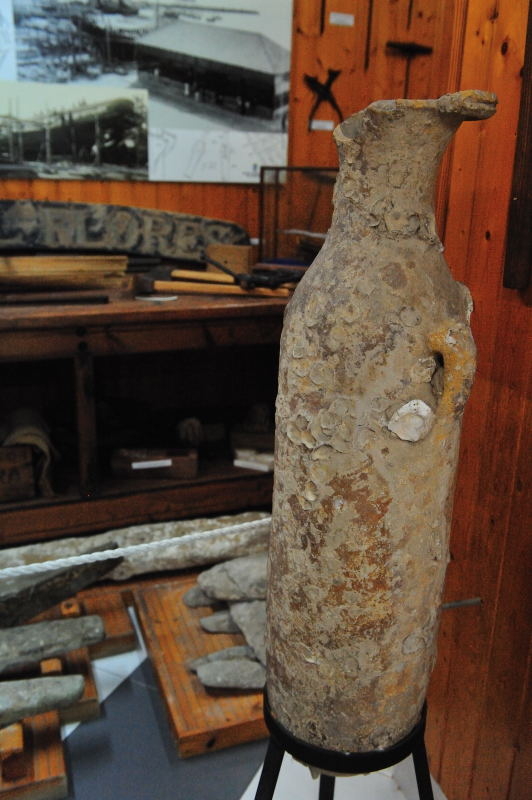 A brief period of Carthaginian rule began in 237 BC after the Romans forced the Carthaginians out of their capital city on the African coast, Carthage, causing them to resettle along the coast of southern Spain, and ended when the retaliating Carthaginians went one step too far, attacking Sagunto before Hannibal departed with his army and elephants to attack Rome directly after crossing the Alps. The response of the Romans was the brutal defeat of the Carthaginians, who disappeared as a definable nation, the Romans invading this area and staking their claim in 218 BC.
A brief period of Carthaginian rule began in 237 BC after the Romans forced the Carthaginians out of their capital city on the African coast, Carthage, causing them to resettle along the coast of southern Spain, and ended when the retaliating Carthaginians went one step too far, attacking Sagunto before Hannibal departed with his army and elephants to attack Rome directly after crossing the Alps. The response of the Romans was the brutal defeat of the Carthaginians, who disappeared as a definable nation, the Romans invading this area and staking their claim in 218 BC.
Over the next 200 years they built substantial infrastructures and settlements along the southern Spanish coastline, exploiting natural resources and taking advantage of the natural communications routes which already existed to transport goods and maintain control of their bloated empire, remaining in power until the 4th century AD when their empire disintegrated.
No major Roman city existed on the site of Torrevieja, but there is sufficient evidence to suggest that one branch of the Via Augusta, the Roman road which ran along the Mediterranean from Cádiz to the Pyrenees, ran along the coast rather than inland through the important city at Illici, Elche ( see reconstruction of the scale of this road below from the municipal museum in Pilar de la Horadada). Of course the Romans were interested in the salt lakes, since salt was important to preserve goods being shipped elsewhere throughout the Empire, and there was an important port in Torrevieja, specifically in the area now known as La Mata. This can be seen from the remains of the port and inscriptions found on Roman milestones.
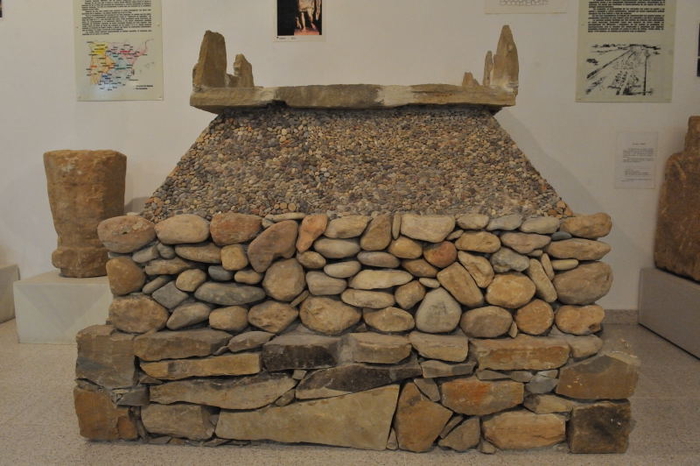 In addition, when two jetties were built in the modern-day port of Torrevieja in 1806 some reports affirm that they were constructed on the remains of old Roman structures, and another stone inscription in Latin refers to two towers with heights of 146 and 40 feet.
In addition, when two jetties were built in the modern-day port of Torrevieja in 1806 some reports affirm that they were constructed on the remains of old Roman structures, and another stone inscription in Latin refers to two towers with heights of 146 and 40 feet.
Unfortunately insufficient work has been carried out for a complete picture to be formed of how the area of Torrevieja fitted into the world of the Romans in this part of Spain, but from the scraps of evidence available it can be deduced that the proximity of such a large supply of salt prompted them to build a port of considerable importance, from which both salt and other substances (salt fish sauces and esparto grass, for example) were transported to other parts of the Mediterranean. Sufficient fragments of amphorae, anchors and even an elephant’s tusk- an important trade material (unconfirmed) have been found in Cala Cornuda, Punto del Salaret and Cala Cornuda to support this theory. There was certainly a Roman settlement at Pilar de la Horadada, just along the coast and a larger agricultural settlement close to modern-day Orihuela.
The Middle Ages and the birth of Torrevieja
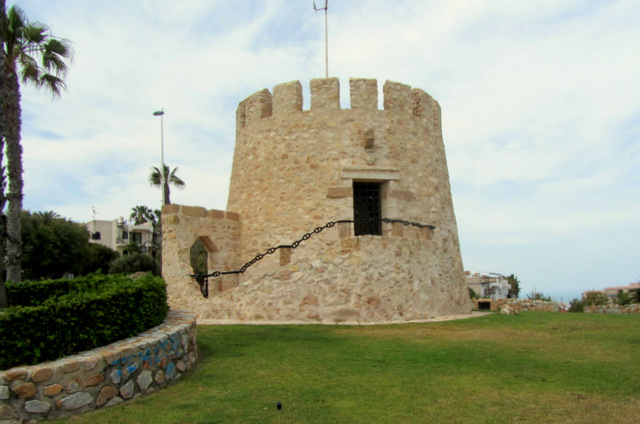 The Middle Ages in this part of Spain are largely undocumented, and although it is of course known that the Moors took over the whole of the south of the Iberian peninsula in 711AD, there is little evidence of their occupation in Torrevieja. It is known that the salt flats in their current location and shape have existed since the 13th century or before.
The Middle Ages in this part of Spain are largely undocumented, and although it is of course known that the Moors took over the whole of the south of the Iberian peninsula in 711AD, there is little evidence of their occupation in Torrevieja. It is known that the salt flats in their current location and shape have existed since the 13th century or before.
What is certain is that, along with the rest of the coastline of south-eastern Spain, the south of the Costa Blanca was frequently targeted by Berber marauders from northern Africa. These attacks began when the Christian forces of the Reconquist from Aragón and Castille y León retook much of southern Spain during the 13th century (expelling many of the Moors who had inhabited the area for 500 years after an uprising in 1266) and intensified after the Moors were finally evicted from Spain in 1492. This led to significant depopulation, as few people were prepared to settle permanently in such a dangerous area, but after the Christian Reconquista a series of watchtowers or “torres vigia” were constructed along the coast in order to provide early warning of imminent pirate raids.
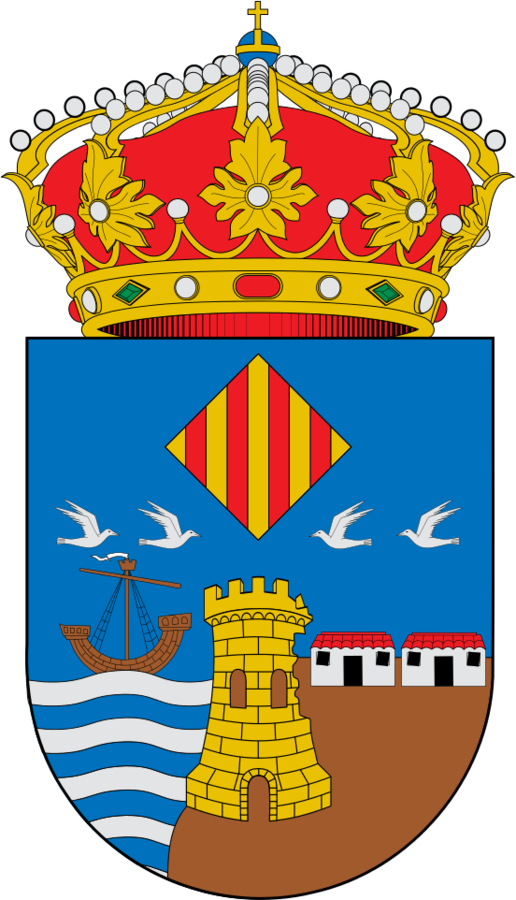 There were two important watchtowers on this part of the coast: one, in the area of Cabo Cervera, was known as Torre La Mata, while the other, next to Cala Cornuda, gave its name to the modern municipality: “Torrevieja” is a corruption of the term “torre vigia”, watch tower.
There were two important watchtowers on this part of the coast: one, in the area of Cabo Cervera, was known as Torre La Mata, while the other, next to Cala Cornuda, gave its name to the modern municipality: “Torrevieja” is a corruption of the term “torre vigia”, watch tower.
The Torre del Moro, ( La Mata) dating from approximately the 14th century, still stands, but apart from the continued activity at the salt flats there is no evidence of any real permanent settlement for the next couple of hundred years. A local map dated 1777 shows a tower, a jetty and little else.
In 1803, however, during the reign of Carlos IV, it was decided that the administration of the royal salt flats should be moved to a location next to the “Torre Vieja”, and in the following years the jetty known as Las Eras de la Sal became the centre of operations and the heart of the new community.
The coat of arms of Torrevieja is probably a faithful representation of the early days of the new town, depicting the tower, a ship (presumably carrying salt) and just two houses. Four seagulls fly above.
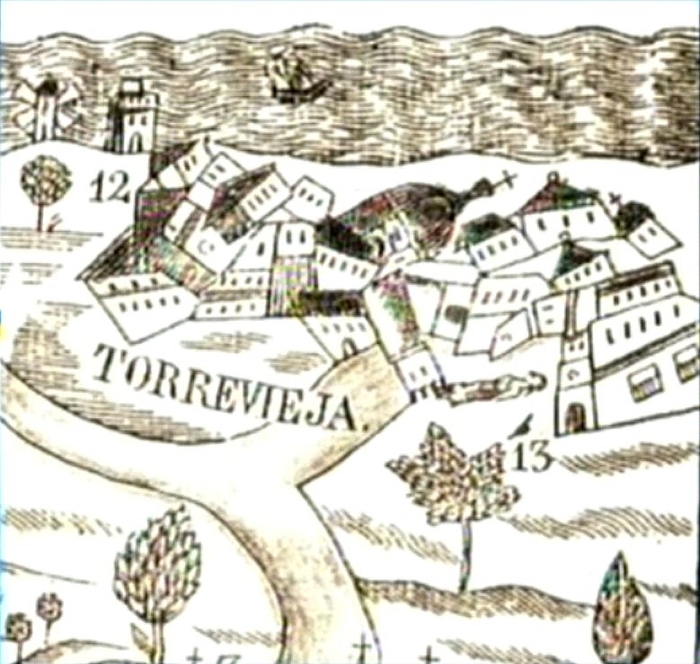 The tower is shown in the coat of arms as being partially destroyed, and this is in reference to the most important single event in Torrevieja’s history. On 21st March 1829 the Vega Baja area suffered the effects of a violent earthquake measuring 6.6 on the Richter scale, and although the nearby town of Almoradí was hardest hit, and a vast amount of damage was done right across the Vega Baja area, the event is still known as the Torrevieja earthquake. The town suffered severe destruction, and the reconstruction needed was almost complete.
The tower is shown in the coat of arms as being partially destroyed, and this is in reference to the most important single event in Torrevieja’s history. On 21st March 1829 the Vega Baja area suffered the effects of a violent earthquake measuring 6.6 on the Richter scale, and although the nearby town of Almoradí was hardest hit, and a vast amount of damage was done right across the Vega Baja area, the event is still known as the Torrevieja earthquake. The town suffered severe destruction, and the reconstruction needed was almost complete.
The 19th and early 20th centuries: a town living off salt and fish
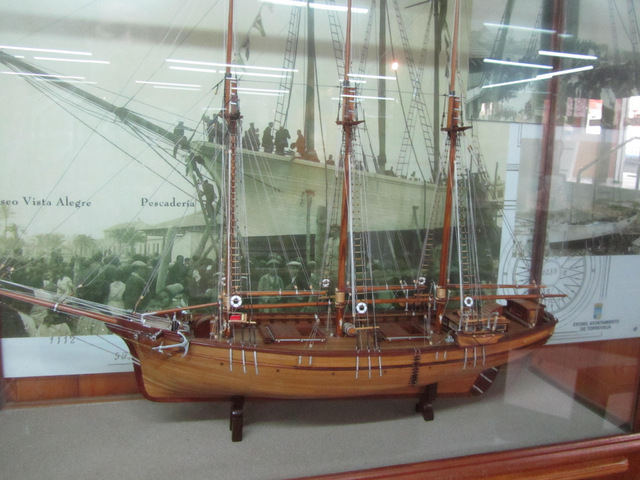 After the reconstruction the main economic activity in the town continued to be the production of salt, but fishermen and others, such as those involved in producing linen, cotton and hemp, also settled. By the 1870s the population had risen to over 8,000.
After the reconstruction the main economic activity in the town continued to be the production of salt, but fishermen and others, such as those involved in producing linen, cotton and hemp, also settled. By the 1870s the population had risen to over 8,000.
For a long time from the early 19th century onwards the history of Torrevieja was inextricably linked to the development of the port, which was the focus of local political debate. The trade and shipping fleets were in a period of constant expansion, and there was a pressing need for a proper harbour to be constructed to protect boats and ships from the choppy conditions in the Mediterranean. Despite the fact that salt ships had been using Torrevieja since 1768 no such jetties had been built.
However, the natural landscape here made it more attractive to the salt-producing authorities than the previous port at La Mata. The old harbour occupied a small area near the start of the current Dique de Levante, and so great was the level of activity that in 1844 and 1845 there were 852 boats registered in Torrevieja. 772 ships set sail from the port in the same two years, many of them heading for Cuba. Thus the salt of Torrevieja was transported to Havana, Santiago, Manzanillo and Matanzas, among other major Central American destinations, and on their return journeys the same ships brought cargoes of coffee, sugar and hardwoods. From Cuba they also brought back a type of song which still characterizes the town to this day: the Habanera.
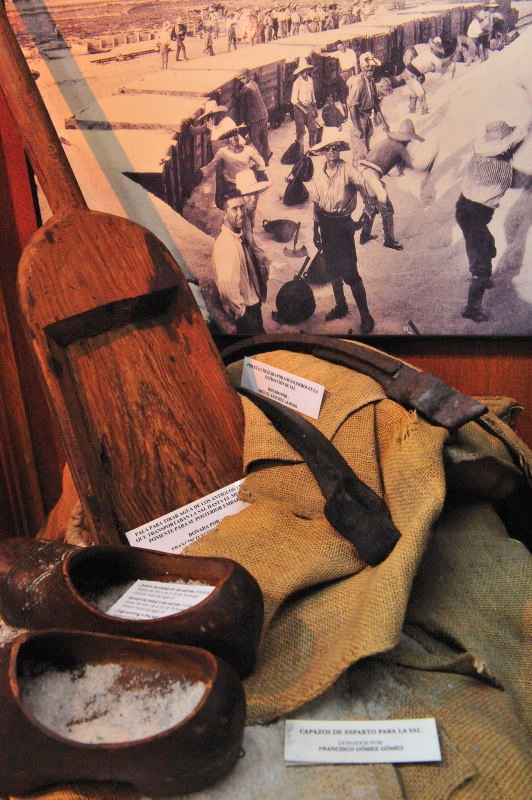 The second half of the 19th century continued to be prosperous, with coastal trading routes and fishing boats swelling the fleet. While the Eras de la Sal dock continued to be used for salt, the Mínguez dock was used for other goods, and Torrevieja was recognized as a “First Class Sea Port”. Many vessels voyaged to the ports of Montevideo, Buenos Aires and others in South America, and there were also important routes to the north African ports of Algiers, Oran, Melilla and Ceuta.
The second half of the 19th century continued to be prosperous, with coastal trading routes and fishing boats swelling the fleet. While the Eras de la Sal dock continued to be used for salt, the Mínguez dock was used for other goods, and Torrevieja was recognized as a “First Class Sea Port”. Many vessels voyaged to the ports of Montevideo, Buenos Aires and others in South America, and there were also important routes to the north African ports of Algiers, Oran, Melilla and Ceuta.
Local shipwrights at the time were kept busy producing small boats which carried goods to and from the north coast of Africa, while those who became rich through this trade acquired the first leisure craft seen in Torrevieja. However, when trading links were established first with Galicia and then with the Antilles and the Gulf of Mexico the ships using the port became larger and sturdier.
Two of the ships built in Torrevieja to cross the Atlantic were the "Parodi Hermanos", which sailed to the Gulf of Mexico in 1918, and the "Carmen Flores", which completed the voyage to Havana.
Throughout this period various plans to build a larger port were presented, but even by the time of the First World War none of them had come to fruition. It was during the Great War that salt exports from Torrevieja reached their apogee, as supplies to the countries engaged in armed combat pushed demand for food supplies ever higher.
After peace was signed in 1918, though, decline set in as the limited facilities in the port were insufficient to compete with those at Alicante and Cartagena, where steam ships replaced sailing vessels. At this point the operations of the port at Torrevieja were limited to fishing and the export of salt, and even this was still hampered by the lack of protection against the waves when the wind was blowing from the east.
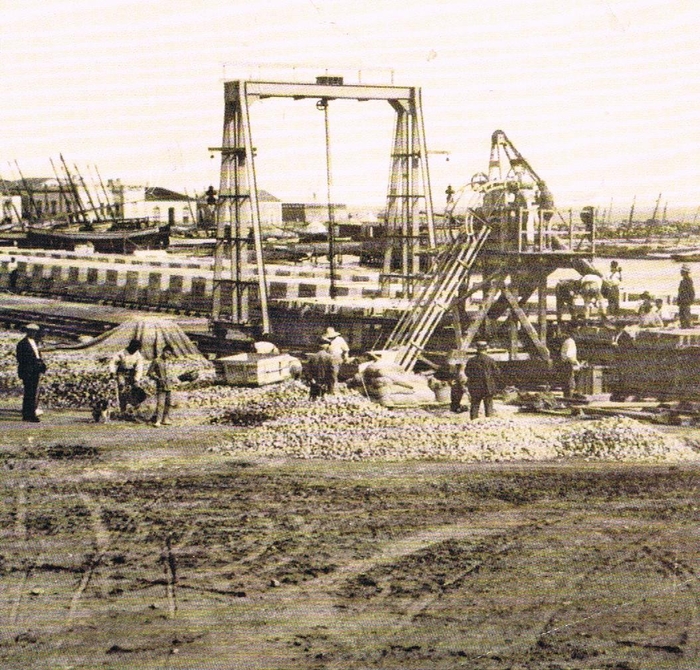 Finally in 1920 Diamante’s project to build a dock was accepted, and the construction work was awarded at a cost of six million pesetas to Escurra, who began work on 1st March 1924. However, just over a decade later the outbreak of the Civil War once again thwarted any further progress, and maritime traffic again thinned out. Most of the locally registered ships were sold off to larger shipping companies.
Finally in 1920 Diamante’s project to build a dock was accepted, and the construction work was awarded at a cost of six million pesetas to Escurra, who began work on 1st March 1924. However, just over a decade later the outbreak of the Civil War once again thwarted any further progress, and maritime traffic again thinned out. Most of the locally registered ships were sold off to larger shipping companies.
Throughout the ups and down of Torrevieja’s importance as a trading port, the fishing fleet developed at its own pace. The availability of fresh fish in times of scarce food supplies was the very reason for settlers being attracted to the Mediterranean coast in the first place, and by the 19th century Torrevieja was home to the largest fishing fleet on the Valencia coast. In 1892 30% of the catch in the whole of Valencia was brought ashore in Torrevieja, and when local stocks began to run low the boats travelled as far as the Atlantic in order to continue supplying the market they had built up.
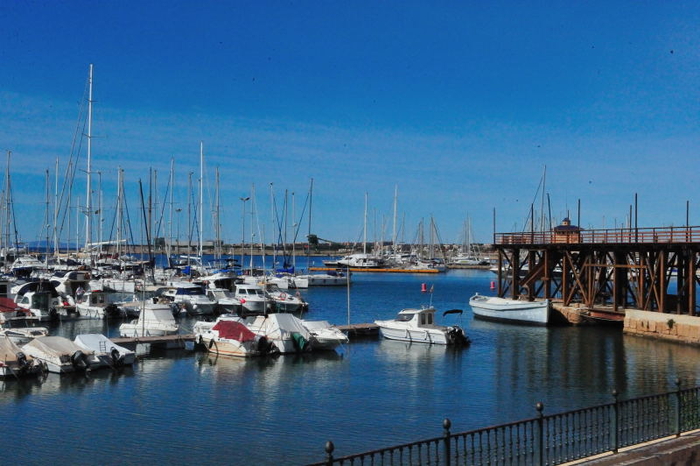 This reduction in local stocks was responsible for a decline in the fishing industry which coincided with the golden age of Torrevieja’s prominence as a trading port, when fishing became very much a second-string activity. This was a boom period for shipbuilding, as the ownership of a boat or ship was associated with wealth and profitability, and many locals worked in construction rather than going out to sea in search of fish.
This reduction in local stocks was responsible for a decline in the fishing industry which coincided with the golden age of Torrevieja’s prominence as a trading port, when fishing became very much a second-string activity. This was a boom period for shipbuilding, as the ownership of a boat or ship was associated with wealth and profitability, and many locals worked in construction rather than going out to sea in search of fish.
By the 1920s, when the First World War had effectively stifled the optimism of the turn of the century, Torrevieja was once more an important fishing port (along with its near neighbour Santa Pola). At this point many boats had engines, and were able to put out to sea more frequently and travel longer distances, and in the 1930s, when the Dique de Levante was already under construction, the hopes for renewed prosperity were high. The Civil War, though, crushed these hopes, and the Republicans even commissioned many of the boats for military use.
In the 1940s, a reduced fleet set out to sea to find that stocks in the fishing grounds had been replenished during the years of the conflict, and during the 1940s a total of 500 fishing boats were based in Torrevieja. Each boat carried ten or twelve crew, providing employment and sustenance for the population in the lean post-war years, and by the mid-20th century fishing was again an important second element in the local economy, behind salt production.
1950 to the present day: less salt, fewer fish and the advent of tourism
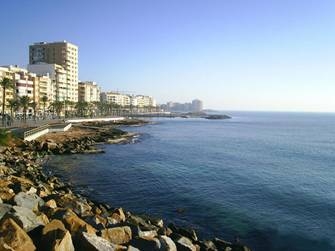 In 1951 the exploitation of the salt lake and flats was leased out to the Nueva Compañía Arrendataria de las Salinas de Torrevieja, and this led to the State financing a jetty to be used specifically for loading salt onto the cargo ships waiting in the port. However, unexpected difficulties were encountered in the dredging work which could not be solved by the use of explosives, and the project was abandoned when it became clear that the required depth of water around the jetty could not be achieved.
In 1951 the exploitation of the salt lake and flats was leased out to the Nueva Compañía Arrendataria de las Salinas de Torrevieja, and this led to the State financing a jetty to be used specifically for loading salt onto the cargo ships waiting in the port. However, unexpected difficulties were encountered in the dredging work which could not be solved by the use of explosives, and the project was abandoned when it became clear that the required depth of water around the jetty could not be achieved.
What was left was a protected area of around 100 hectares, opening out into the sea towards the south-west through a mouth 200 metres wide, and in the intervening sixty years, although the salt-loading continues, the fish stocks have dwindled and the main use of the area nowadays is to provide moorings in the marina.
It was in the 1960s that Torrevieja began to develop as a tourist resort, and at the same time the port was modernized. The fish market and the fishing quays were built, and activity in the port was rationalized. This meant a loss of jobs, but the burgeoning tourist sector provided alternative employment and further prosperity was afforded by the construction of the first urbanizations.
For the first time in its history, Torrevieja was no longer dependent for its economic wellbeing on salt and fish, and in the twenty-first century tourism (both seasonal and residential) is by some distance the main generator of wealth in the municipality.
Salt continues to play an important part in the economy of Torrevieja, but on a reduced scale. Nowadays only a quarter of Torrevieja’s salt is distributed within Spain, with the rest being exported all over the world: in the winter of 2013-2014 shipments were taken to the northern USA to be used in de-icing work as severe cold gripped parts of North America.
The size of Torrevieja’s population demonstrates the dependency on residential tourists quite clearly. It was not until the 1970s that the local padrón featured over 10,000 people, but by 2000 it had reached 50,000 and in 2013 there were over 105,000 residents in the municipality (fewer than half of them Spanish), making it the third most populated in the province of Alicante. This development is also reflected in the Town Hall’s annual budget, which has risen from 3 million euros in 1984 to almost 100 million in the years since 2006.
The services sector continues to provide important employment and the influx of modern day tourists ensures a busy programme of cultural entertainment throughout the year, supported by a busy sporting schedule of events focused around the impressive “sporting city” on the outskirts of the municipality.
All of this is supported by a substantial infrastructure of residential and holiday accommodation, modern hospital, cultural and social venues, as well as a wealth of clubs, associations and societies to support the emotional needs of the sizeable population.
Vestiges of the past in Torrevieja can be found at the Museo de las Sal y El Mar, as well as in the floating museum near to the fishing port.













